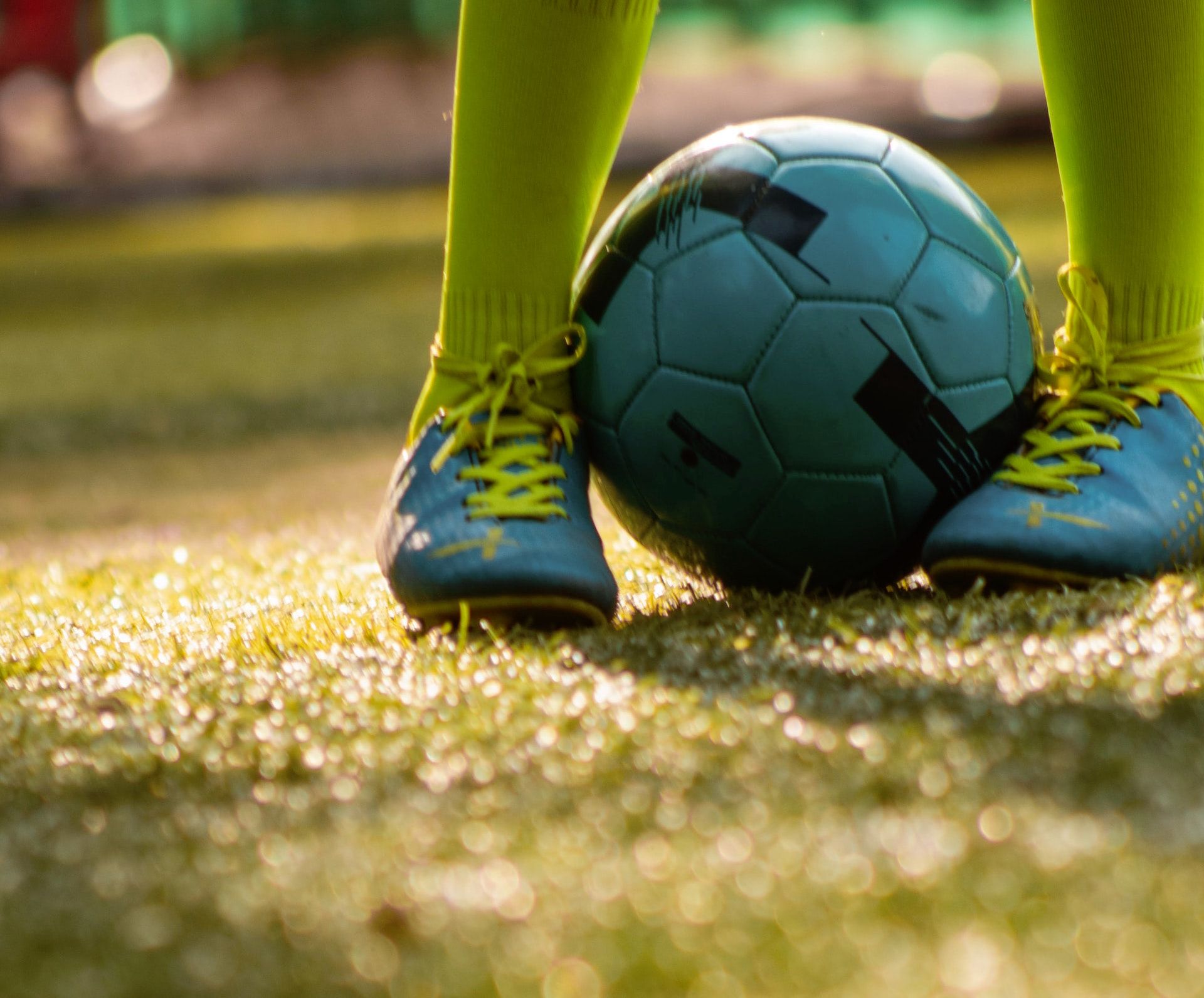Photo by Md Mahdi via Unsplash
What is an ACL and how does it become injured?
The ACL (anterior cruciate ligament) is an important ligament that helps to stabilize the knee. Injury to the ACL can affect anyone, and is especially common in athletes. Whether from a direct impact with another person in sport or a sudden twist of the knee, the ligament can tear, often requiring surgery and physiotherapy.[1] There is also a high risk of reinjury of the ACL following repair[2] - one of the main focuses of physiotherapy following an ACL injury is to reduce this risk and to help people return to their own optimal function.
Artificial Turf & ACL Injuries
The use of artificial turf in sport has become increasingly common with the introduction of third-generation and hybrid turf types, which aim to provide a more similar athlete experience to natural grass.[4] Third-generation turf is the most common type of artificial grass, made of long, grass-like synthetic fibres with sand and rubber infill between the fibres.[4] Hybrid turf systems include natural grass that is reinforced with additional synthetic fibres to make the field more durable.[4] Both types of artificial turf are now used in professional sports, including football and soccer,[3][4] which happen to be two sports where ACL injuries are quite common. This leads to the question we are going to answer today - does activity on turf lead to more ACL injuries?
In short, it seems that the answer is YES.
Studies looking at the risk of ACL injuries in collegiate and professional football and soccer players have found an increased risk of ACL injury in practice and competition when play occurs on artificial turf compared to natural grass.[1][3] These injuries on artificial turf often happen due to the increased frictional force between your shoes and the artificial grass[3] — when you plant your foot on the ground, it is more strongly stuck in that spot. As such, any twisting of your upper body will put a greater stress on the ACL, leading to a higher chance of tearing the ligament.[1] With natural grass, the planted foot would more easily be able to move, preventing the high forces put on the knee and reducing the risk of injury. Additionally, the increased risk of ACL injury associated with activity on artificial turf is made worse by hot or dry weather conditions, with increased injury rates in the summer months.[1] Due to the high risk of reinjury associated with ACL tears, aim to prevent any damage to the knee through strengthening, consciously avoiding twisting movements of the knee (i.e. through being mindful that the knee is bending toward the direction of the toes), and avoiding sport participation on artificial turf, especially when conditions are very dry.[1][2]
Unfortunately, athletes do not often get to choose what surface they play on, so it is very important to keep up with ACL rehabilitation and strengthening exercises following an injury to allow a safe return to sport and to prevent reinjury. Read more strategies to help you keep up with your ACL rehab here.
Curovate is a physical therapy exercise app with daily video guided exercises for recovery after a knee replacement, ACL injury or ACL surgery, hip replacement or anyone who is interested in strengthening their knee or hip with safe and effective physical therapy exercises. For more information on ACL, knee replacement, or hip replacement recovery, download the Curovate app for guided exercises, rehab reminders, progress tracking, and more, all from the convenience of your phone. See the links below!
If you need further customized assistance during your surgery or injury recovery check out our Virtual Physical Therapy page to book your 1-on-1 video session with a physical therapist.
 |
 |
|---|







